Counteract is the ONLY balancing product on the market proven to improve fuel economy in two separate S.A.E and TMC type II tests. We were the first to market 100% glass beads for balancing. Don't be fooled by competitive claims, Counteract's technology makes it the most technologically advanced system on the market today.
The amount of Counteract needed is determined by the vehicle and the tire size, and in some cases the aggressiveness of the tread. Try our handy calculator to find out exactly what is recommended for your tire.
No, Counteract does not void any tire warranties. Due to our advanced technology Counteract does not harm the inside of a tire, once removing Counteract from a tire you would never know it was inside. Warranties are only voided if the internal balancer has caused harm to the interior of the tire carcass, or you can tell that something was installed inside the tire.
None of these happen using Counteract.
Having too many beads inside the tire in some cases can cause a slight imbalance. This is a concern on smaller tires where there is not as much room in the tire cavity for the beads to evenly spread themselves where they need to be. When there is too much, it can create a "traffic jam" where the excess beads get forced into the wrong balance position creating an imbalance. There is certainly an ideal amount of product to have inside the tires, as directed by our application charts. The smaller the tire, we need to be precise, the larger the tire, such as commercial tires or off-road tires there is much more room to allow for extra product without hindering the performance. We will always recommend referencing from our chart, and we always remind customers to make sure they are referencing the proper chart as we do have specific charts for specific applications.
Yes, Counteract is re-usable.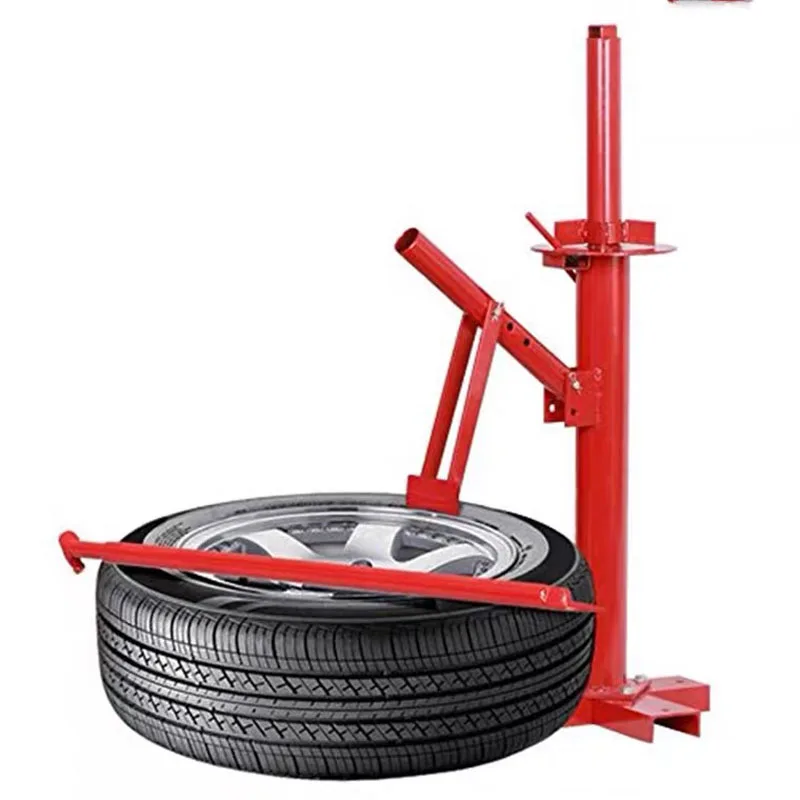 However, you must be careful when re-using the product. When we manufacture our product it goes through a special decontamination and cleansing process. When you re-use it you could lose some beads or contaminate them which could cause the product to not work as effectively. For the price and extended tire life you receive using Counteract it makes sense to put in fresh product.
However, you must be careful when re-using the product. When we manufacture our product it goes through a special decontamination and cleansing process. When you re-use it you could lose some beads or contaminate them which could cause the product to not work as effectively. For the price and extended tire life you receive using Counteract it makes sense to put in fresh product.
No, our truck beads and our motorcycle beads are different. They go through different refining process and are manufactured differently. Motorcycle tires are different then truck tires, so are our beads. If you use the truck beads in a motorcycle we will not honor any warranty claims or support any issues that may arise.
No, Counteract Balancing Beads will not react with any known metal or materials.
No. The Counteract Balancing Beads will only move to the balanced position through inertia generated by the out of balance condition of the complete wheel assembly and the up and down motion of the vehicle suspension.
The Counteract Balancing Beads will only move to the balanced position through inertia generated by the out of balance condition of the complete wheel assembly and the up and down motion of the vehicle suspension.
It is not advised to combine other internal balancing agents or balancing rings with Counteract Balancing Beads. It is recommended that all other types of balancing be removed so as not to hamper Counteract Balancing Beads from balancing the wheel assembly properly.
Counteract Balancing Beadshas proven that we allow tires to run 30 degrees cooler than a traditional spin balance, and 60 degrees cooler another popular internal balancer. Counteract actually keeps your tires running cooler, helping eliminate thermal degradation and irregular wear.
No, you should not combine weights with the use of internal balancers. The reason being is they work against each other. If you have a balance issue, you only need Counteract.
The reason being is they work against each other. If you have a balance issue, you only need Counteract.
Counteract is 100% TPMS compatible. Counteract can and should not be injected through the valve stem if it has TPMS sensors, in this case you must install the product while the tire is broken or while being mounted.
Counteract is a balancing product. If there is an imbalance with your tires Counteract will remedy the problem. However, no balancing product can fix a bad tire, bent rim or mechanical problem. If you need help troubleshooting a vibration issue, please feel free to submit this troubleshooting form and we'll contact you to help resolve your issue. Click Here
Counteract does not recommend the use of internal balancing products in most automobile tires (the exception being classic cars). For a detailed explanation click here
For a detailed explanation click here
When you put a lift kit on a vehicle, it changes the angle of the driveshaft, rendering the driveshaft itself unbalanced. This can cause the vibrations that are sometimes mistaken for tire balance vibrations. No matter what you do to balance your tires in this situation, it won't eliminate the driveshaft vibration. To learn more, check out this article by 4WheelParts Click here
Our application charts are based on a stock vehicle with stock wheels and no modifications. In many cases, when a vehicle is modified it changes the dynamics and drive-ability of that vehicle. In those instances, our recommended amount may, or may not be enough to compensate for the tire imbalances. It is also to be noted that when a vehicle has aftermarket wheels, lift kits or other aftermarket components, there are many more possibilities for vibration that may not be tire balance related. Counteract will balance a tire, wheel and its entire rotating assembly. It will not fix an alignment issue, driveshaft imbalance, or harmonic vibrations from an aggressive tire tread.
Counteract will balance a tire, wheel and its entire rotating assembly. It will not fix an alignment issue, driveshaft imbalance, or harmonic vibrations from an aggressive tire tread.
No, Ambient moisture does not affect the product's performance, this is due to our special coating.
Counteract Balancing Beads are made of recycled tempered glass and do not break down when used in tires, the evidence of this is in millions of applications sold since introduction in 1997. Not one case of this problem has ever been reported.
Counteract Balancing Beads are easy to remove. The simplest way is to use the Counteract Air Powered Bead Vacuum which allows you to quickly vacuum beads out of a tire, avoiding messy spills. Alternatively you can sweep the beads into a pile inside the tire and scoop them out. Always be careful not to spill the beads onto your work surface.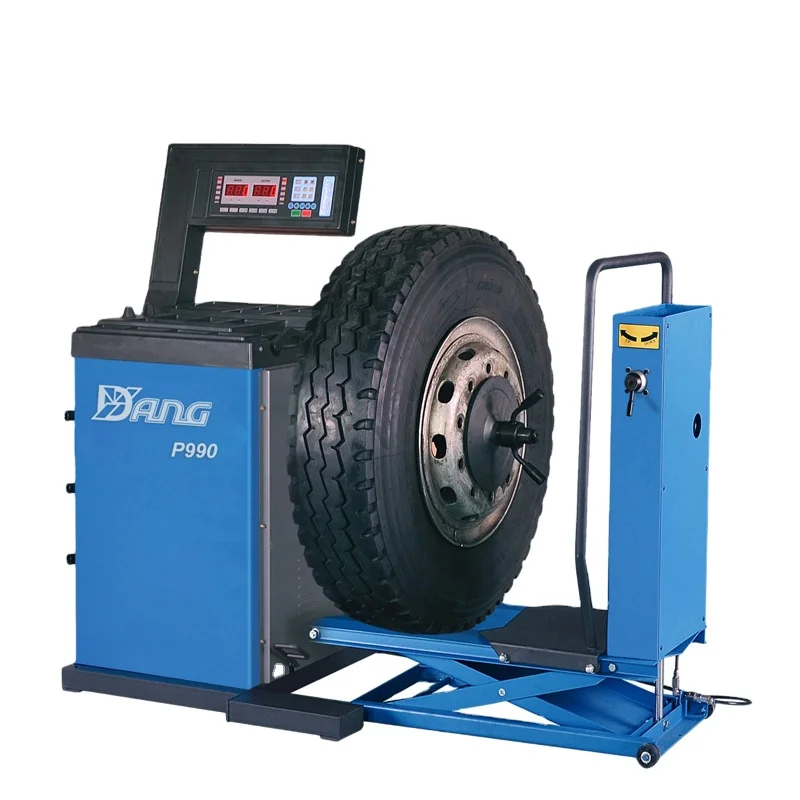
<pValve clogging is not a common problem with Counteract Balancing Beads and is usually the result of dust (we remove all dust at the manufacturing stage). A valve filter may help but can also slow down air flow or become clogged itself by dust, making it difficult to check air pressure. To address this situation the beads are selected by size and put through multiple screening and dusting processes. To reduce the possibility of a valve leak, it is recommended to use a Counteract Valve Core and self sealing valve cap (supplied in every package).
</p
The reason we do not sell bulk pails of Counteract is due to multiple issues. If we have shop users weighing out their own beads and putting them in tires, we cannot guarantee that their scale or scoop is accurate to our required tire size measurements. We package the bags individually for specific tire sizes so that there are no issues.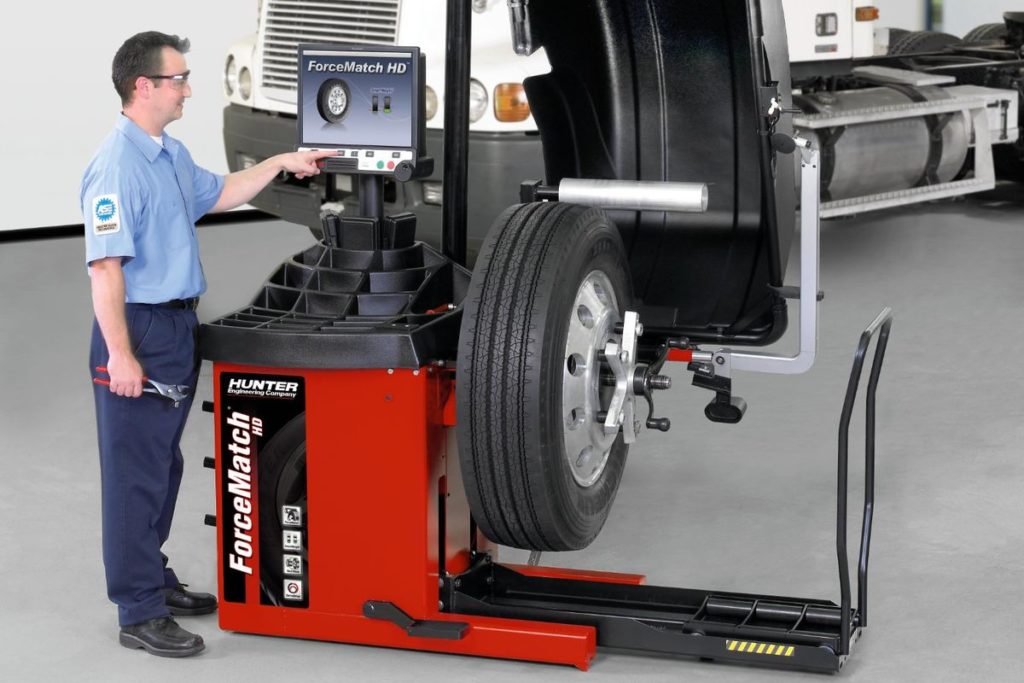 It allows us to have control over what is being installed into the tire, therefore we will help with any support needed. If you weigh your own, you’re on your own and we are not responsible if anything goes wrong. Also, as mentioned before, our product has a special decontamination and cleaning process, if users weigh out their own they can contaminate the product and cause issues.
It allows us to have control over what is being installed into the tire, therefore we will help with any support needed. If you weigh your own, you’re on your own and we are not responsible if anything goes wrong. Also, as mentioned before, our product has a special decontamination and cleaning process, if users weigh out their own they can contaminate the product and cause issues.
No, Counteract is not compatible with any tire sealant or slime. Do not combine these products.
The Story: Modded my chunky 1800cc cruiser with a non-standard phatty front tire for personal comfort, handling and style reasons. Came back from the garage with CRAZY out-of-balance vibrations at most speeds, becoming *dangerously* wild at highway speeds. Didn't want to take it back to the garage who balanced it as they already didn't like the idea of the non-standard tire (which was approved in writing by the tire manufacturer, in addition to many dozens of personal reviews. ..), so I chose not to engage that battle with the garage and after some research went with these beads instead. Removed all the weights on front *and* back wheels, installed the beads per instructions (eZpZ - just a bit of patience and about 10mins per tire - recommend using a bike lift to hold it while loading), pumped the tires back to proper pressure and have put about 1000kms on them since - HOLY COW!! Like NIGHT and DAY compared to what must have been *wildly* incorrect weights applied by the garage. Plus, now I don't have any unsightly weights on my rims. Beads work AWESOME - smooth as silk, no noticeable "start off" unbalance feel whatsoever (they claim static holds them in place for brief stops). HIGHLY recommended - wish I did them from Day 1. Enjoy.
..), so I chose not to engage that battle with the garage and after some research went with these beads instead. Removed all the weights on front *and* back wheels, installed the beads per instructions (eZpZ - just a bit of patience and about 10mins per tire - recommend using a bike lift to hold it while loading), pumped the tires back to proper pressure and have put about 1000kms on them since - HOLY COW!! Like NIGHT and DAY compared to what must have been *wildly* incorrect weights applied by the garage. Plus, now I don't have any unsightly weights on my rims. Beads work AWESOME - smooth as silk, no noticeable "start off" unbalance feel whatsoever (they claim static holds them in place for brief stops). HIGHLY recommended - wish I did them from Day 1. Enjoy.
2016 M109R
Happy Happy Joy Joy 3 years ago
August 17, 2021
I've been using Counteract Balance Beads for yearson a 2004 Yamaha FZ6 (for approximately 60,000 km and 3 or 4 sets of tires), a friend's Honda NC700x, and now I'm also using them in a 2012 Yamaha WR250R (tubed motorcycle).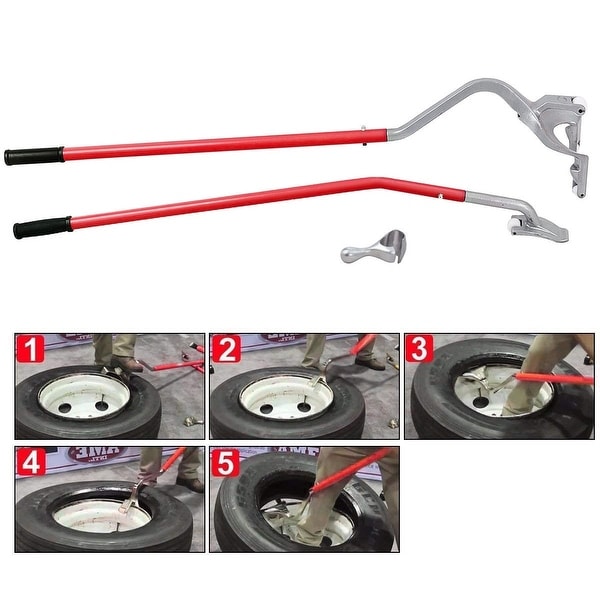 I believe that they increase the life of the tire - and of special note my front tires don't cup anymore either. No feeling of 'out of balance' ever from installation (which I do myself) to the end-of-life removal of the tire. FWIW, if you get a puncture, don't use a 'slime' type product as then the beads will not be able to move to the light spots in the tire anymore. You can't throw a balance bead like you can a weight, and they're easier on the rim too. They're much easier to use than trying to balance perfectly with weights as well. I also reuse them when I change tires.
I believe that they increase the life of the tire - and of special note my front tires don't cup anymore either. No feeling of 'out of balance' ever from installation (which I do myself) to the end-of-life removal of the tire. FWIW, if you get a puncture, don't use a 'slime' type product as then the beads will not be able to move to the light spots in the tire anymore. You can't throw a balance bead like you can a weight, and they're easier on the rim too. They're much easier to use than trying to balance perfectly with weights as well. I also reuse them when I change tires.
2004 Yamaha FZ6
Southeast Steve August 2021
After lacing a new rim on my bike, I had a vibration at around 60. Tried putting some balance beads into the existing tube, but that didn't quite get rid of the shake. I decided to try this tube with beads already in it, and that fixed it! Going to get one for the rear soon.
Dustin · Review provided by revzilla.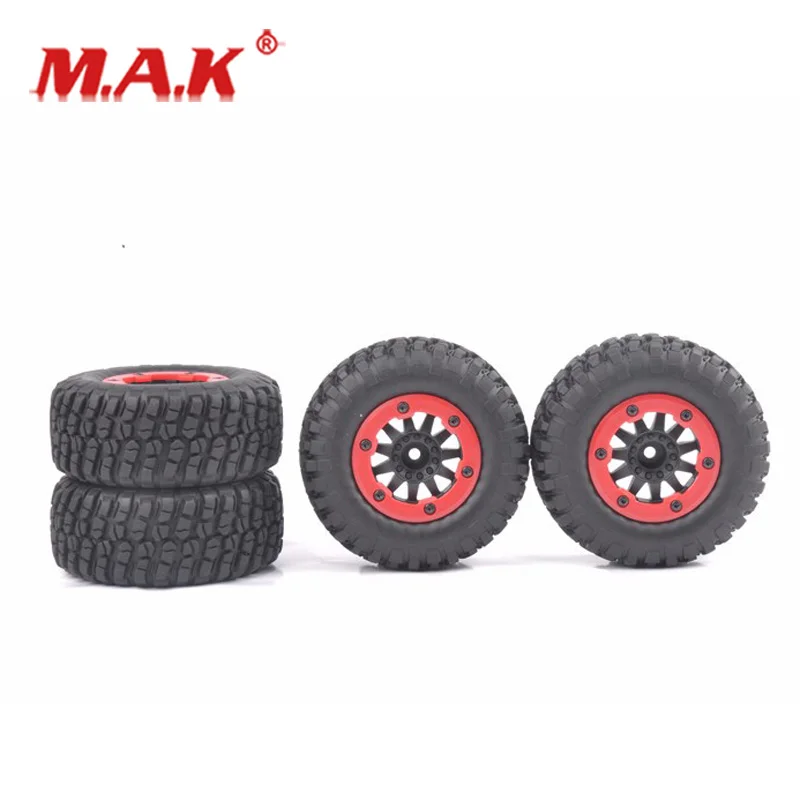 com
com
May 26, 2020
It doesn't really cost any more than a standard tube + Counteract beads, and having the beads already in the tube makes the job easier (unless you have really balance poor knobbies like Dunlop 606's ... then maybe you'll need more beads in the tube). The tube itself feels like a quality product and the valve looks to be of high quality too. I'm using this one on a 2012 Yamaha WR250R. Future Ready-balance tubes will get used on a 1999 BMW F650 and on the rear of the WR as well. Southeast Steve · Review provided by fortnine.ca
August 17, 2021
I checked this product out on line, was a little skeptical at first, but watched a few videos and read the reviews from other sites. Since removing the stick on weights and adding the beads the difference has been incredible. Very smooth all vibration is gone, I highly recommend this product and am now considering purchasing more and using them on my car as well. I recommend them to all my bike riding friends.
I recommend them to all my bike riding friends.
Jeff- 6 years ago
2009 Suzuki M90
Read a lot of reviews here and elsewhere that claimed this was a long process, didn't work, junk, etc.. Well I read the instructions and installed the beads EXACTLY like the instructions said. Pouring a little at a time down the valves was the main point to follow. It took a total of maybe 5 minutes per wheel to do. To me this was just an experiment as I already have a wheel balancing machine and have balanced many wheels in the past. A bonus is no weights to fly off or get knocked off. Chanced tires and tubes, filled up with beads and took off. ZERO issues with wobbles or air leakage. My days of balancing motorcycle tires are over. A bonus feature: If you keep a kit in your roadside emergency repair kit you can balance your tire while doing a roadside repair.
August 17, 2021
I have done about 8 tires now with the balance beads and am convinced that this is the only way to go. The first set of tires took me on a 8000kms journey on rough roads before the tire wore down. i was curious of what the beads looked like after all these miles. I figured that they would be worn down and powedered up, but looked like new. I was carefull and pulled them out of the old rubber and reinstalled in the replacement tires. The inside of the old rubber was not effected by the beads at all. I am saving about $50 per tire by doing this myself. So far for me that is a $400 savings.
The first set of tires took me on a 8000kms journey on rough roads before the tire wore down. i was curious of what the beads looked like after all these miles. I figured that they would be worn down and powedered up, but looked like new. I was carefull and pulled them out of the old rubber and reinstalled in the replacement tires. The inside of the old rubber was not effected by the beads at all. I am saving about $50 per tire by doing this myself. So far for me that is a $400 savings.
I was skeptical at first, but determined to change my own tires and balance them myself. I thought I'd try this before spending big money on a static balancing set up or going through the trouble of making one.
I was sure it sounded too good to be true, but I've been really impressed. I've put on a couple of hundred KMs with the balance beads at varying speeds.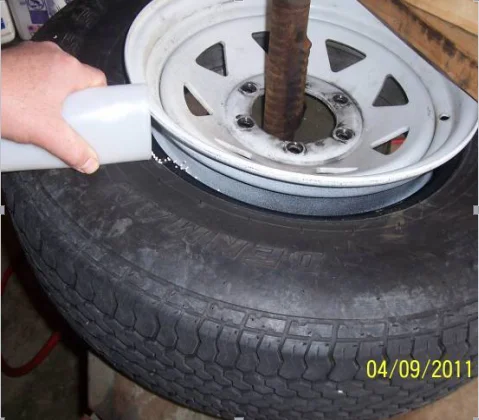 My old tires must have come out of balance a bit through wear, because I can feel a very big difference in the vibration at speed - much smoother now.
My old tires must have come out of balance a bit through wear, because I can feel a very big difference in the vibration at speed - much smoother now.
I have a BMW R1100GS and put 3oz in the rear and 2oz in the front. It wasn't quick, or fun to put them in, but it was a small price to pay. The kit is very well thought out too. I was impressed that they even provide the extra valves and caps. Its a nice touch.
I'd definitely recommend these. Its not just snake oil.
#TEAMCOUNTERACT
We’re looking for our Counteract Fans! Post a photo/video/review about Counteract on social media* and tag us using #teamcounteract and /or @counteractbalancing for a chance to win a $100 Amazon Gift Card or a DIY kit of your choice.
To qualify you must be following @counteractbalancingAll valid entries will be entered into two draws:
1) Weekly draw for a **DIY kit of your choice.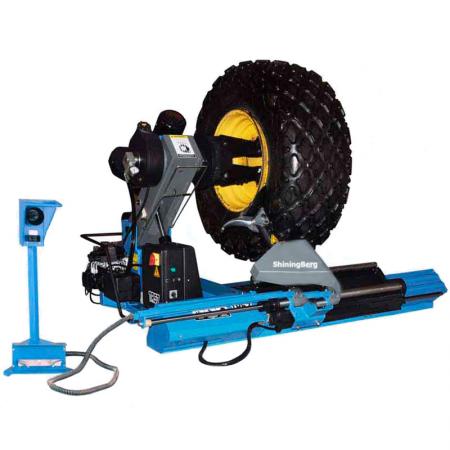
2) Monthly draw for a $100 Amazon Gift Card.
Participants can enter as many different posts as they want. Each different post qualifies as an entry. Winners are only eligible to win 1 draw per month.
*LinkedIn, Instagram, Facebook or Twitter. Please make sure you’re following our account on the platform. Post to multiple platforms for more chances to win.
**DIY Kits Available
The consequences are manifested in the form of shaking, beating in the steering wheel. If the truck tires are properly balanced, there will be no unnecessary centrifugal forces that will transmit vibration first to the suspension, then to the entire chassis.
Tires of trucks are under tremendous stress: sum up the weight of the car, the weight of the transported cargo, off-road, on which trucks, Kamaz, Gazelles most often move. Meanwhile, if there are no doubts about passenger cars, then the balancing of cargo wheels is a topic of heated debate among drivers of heavy equipment. Many, even experienced motorists, consider the procedure superfluous.
Many, even experienced motorists, consider the procedure superfluous.
Wheel imbalance - uneven distribution of weight around the circumference of the tire. When it comes to a 5-6-ton ZIL or a 10-ton cargo van, the carriers claim that the suspension and chassis suffer more from the pits and potholes of domestic roads. The damage from the imbalance is considered scanty. And balancing the wheels of trucks is a whim.
But tire engineers and auto mechanics have a different opinion. Well-balanced tires go on a bumpy road, evenly taking on depressions. Suspension, of course, suffers. But she and the chassis receive blows systematically, with the same frequency, equal to the speed of the wheel, if there is a “light point” in the ramp.
Wheel balancing on the machine
An example for persuasiveness: given - unbalance 500 g, car speed - 100 km / h. With such initial data, the truck tire is pressed against the roadway by a weak point 8 times per second.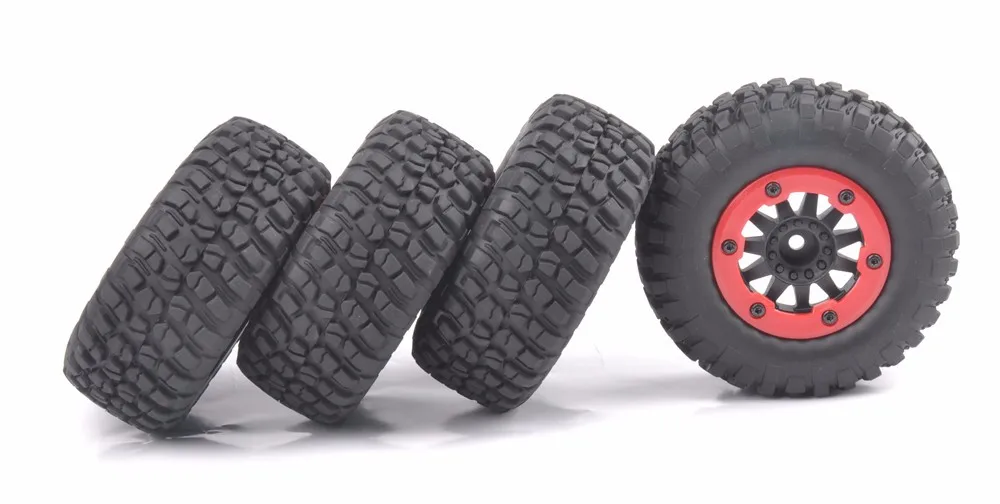 The suspension receives a shock equal to 50 kg with a frequency of 8 Hz. The devastating consequences are not hard to imagine.
The suspension receives a shock equal to 50 kg with a frequency of 8 Hz. The devastating consequences are not hard to imagine.
Another argument: due to weight heterogeneity, tires wear out faster, and the cost of a new tire is not commensurate with the price for a tire fitting procedure.
Truck tire imbalance is as common as on passenger cars.
The reasons are as follows:
The consequences are manifested in the form of shaking, beating in the steering wheel. If the truck tires are properly balanced, there will be no unnecessary centrifugal forces that will transmit vibration first to the suspension, then to the entire chassis.
Is it necessary to balance the truck wheels
These forces are multidirectional with respect to the horizontal and vertical axis of inertia: one wheel jumps, the other goes down, the third writes out the "eight". The car's handling drops rapidly, the stopping distance lengthens, fuel consumption increases.
Abroad, balancing for heavy dump trucks has become mandatory, in Russia - the decision is up to the owner. But experts agree that truck wheels need to be balanced: constant vibration is detrimental to suspension elements, hitting the steering wheel tires truckers.
Balancing of cargo wheels (on video) eliminates uneven wear of rubber, prolongs the life of stingrays by 20%.
There are many ways to balance, including do-it-yourself balancing:
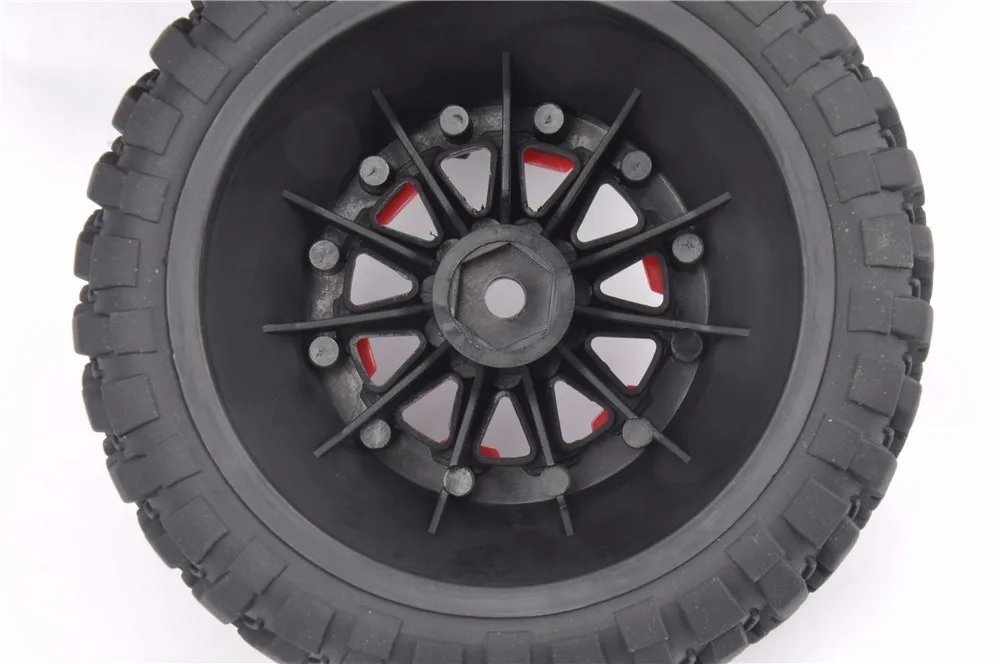 The professional repair and diagnostic device is equipped with a lift for lifting 24-inch tires weighing up to 200 kg, an electric motor for wheel rotation, and a display. It usually takes more time to remove and install a wheel than to balance it: the procedure often takes up to a minute.
The professional repair and diagnostic device is equipped with a lift for lifting 24-inch tires weighing up to 200 kg, an electric motor for wheel rotation, and a display. It usually takes more time to remove and install a wheel than to balance it: the procedure often takes up to a minute. 
Wheel balancing process
The problem of wheel runout is solved by equipping load wheels with balancing rings. Aluminum products must match the diameter of the disc hole. It is necessary to clean the hub, wash the hole, including its inside. Then I lubricate everything with a graphite mixture and install centering rings.
Skeptics who are against truck tire balancing are advised by experts to correct imbalances on all wheels, including trailers.
One of the driving myths: enough balancing on the drive axles.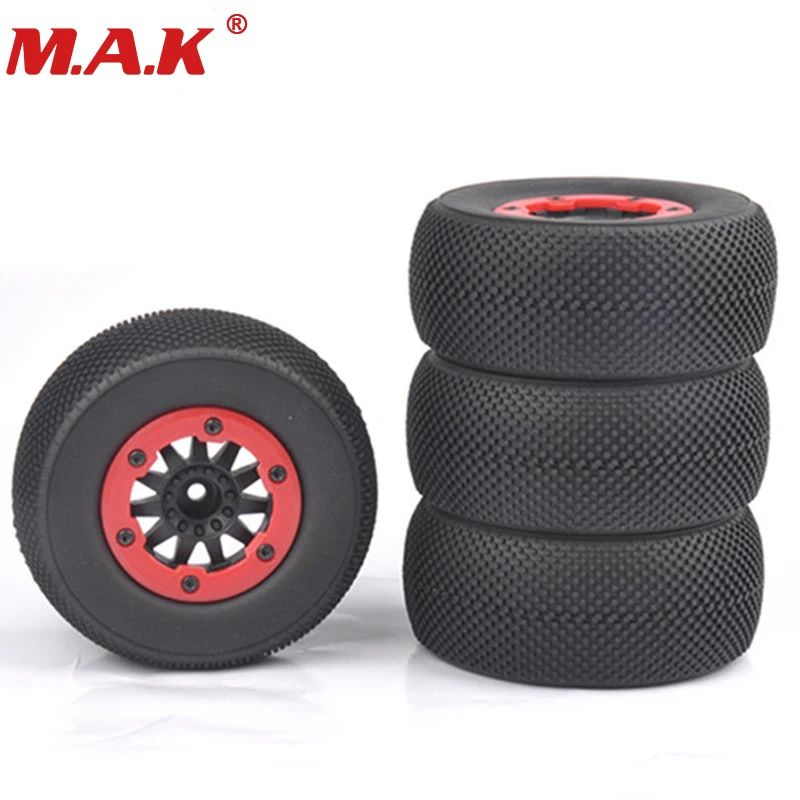 Yes, you need to pay special attention to them, but do not ignore other bridges. The reason is an inconsistent contact patch, which worsens traction, makes braking unpredictable, which is dangerous for a heavy car.
Yes, you need to pay special attention to them, but do not ignore other bridges. The reason is an inconsistent contact patch, which worsens traction, makes braking unpredictable, which is dangerous for a heavy car.
See also: Repair of electric steering racks, replacement of motor and sensor
Machine for balancing truck wheels
Uneven and premature abrasion of tires is a reality and an argument in favor of balancing all wheels. Extending the life of tires by 10-20% is not a trifle for expensive truck tires.
There are truckers who claim that the manufacturer does the initial balancing. This is true. But there is no certainty in the quality of balancing, so it is wiser to drive the vehicle to a tire shop and make sure that the weight is distributed correctly around the entire circumference of the wheel product. Every 40 thousand km on the speedometer of a heavy truck, especially passenger buses, tires need to be balanced.
You can use our unique PHOTO when you specify an active link - https://avtoshark.com/
balancingbalancing of truck wheels
0
Car tires are produced with tolerances for external and landing dimensions, so all products of tire factories have different weights and sizes. In addition, any tires have an uneven tread pattern, a spread of joints in the cord layers, and a lack of concentricity of the bead rings.
Car tires are produced with tolerances for external and landing dimensions, so all products of tire factories have different weights and sizes. In addition, any tires have an uneven tread pattern, a spread of joints in the cord layers, and a lack of concentricity of the bead rings. After installing the tires on the disk, these features lead to a mismatch between the axes of inertia and wheel rotation.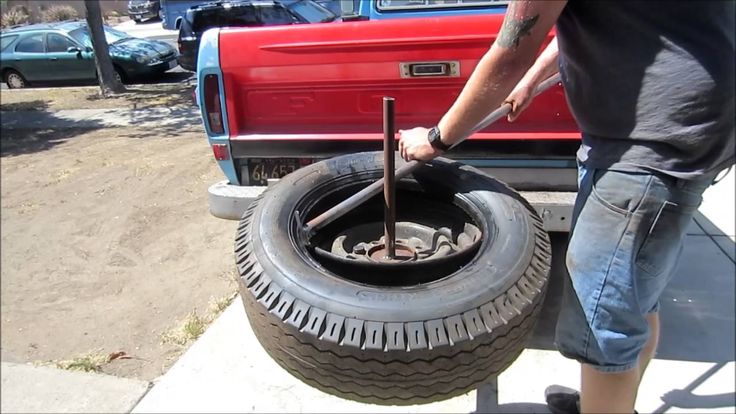 Because of this, the center of gravity of the installed tire does not coincide with the center line of the drive shaft, resulting in an imbalance in the design, provoking radial and end play of the front or rear wheel.
Because of this, the center of gravity of the installed tire does not coincide with the center line of the drive shaft, resulting in an imbalance in the design, provoking radial and end play of the front or rear wheel.
The result of this defect may be a breakdown:
But it's not just the wheelbase that suffers from this beating. Disc imbalance accelerates tread wear, increases braking distance, reduces handling and overall safety of the driver and passengers.
There are only two types of balancing defects:
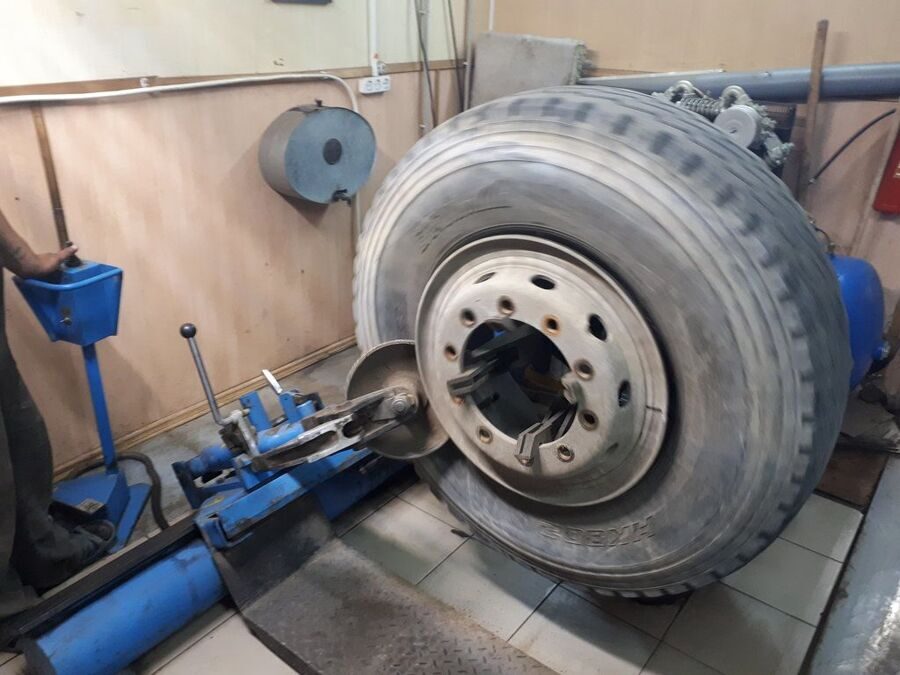
Improper dynamic balancing is considered more dangerous than static radial runout. And if it exceeds the allowable limits, the wheel is sent to a balancing machine. With it, you can eliminate the causes that cause beating in the end and radial plane.
Winter Drive protection
Tires Goodyear UltraGrip Arctic 2 SUV
Winter Drive Protection Sound Comfort
Rating:
4.5
Tires Goodyear UltraGrip Ice 2
Winter Drive protection
Tires Goodyear UltraGrip Performance+ SUV
Winter Drive protection
Tires Goodyear UltraGrip Arctic 2
Winter Drive Protection Run On Flat Sound Comfort
Tires Goodyear UltraGrip Performance+
No tire manufacturer can guarantee the accuracy of the geometry and shape of their product. Even in the same batch, there are different thicknesses of the sidewalls, a discrepancy in the density of the cord, a spread in sealing joints and other defects that affect the location of the axis of inertia. Therefore, tire manufacturers were allowed to set tolerances for deviations from nominal dimensions and shape accuracy.
Even in the same batch, there are different thicknesses of the sidewalls, a discrepancy in the density of the cord, a spread in sealing joints and other defects that affect the location of the axis of inertia. Therefore, tire manufacturers were allowed to set tolerances for deviations from nominal dimensions and shape accuracy.
The deviation values are laid down in GOST 4754-97, which regulates the technical conditions for the production of tires. The same GOST also determines the permissible imbalance of the wheel with the tire installed. It depends on its type and diameter.
For radial models of tires, a difference in size and shape is allowed, provoking a beating with an amplitude of 1 to 2 millimeters. For diagonal models, the tolerance for radial and axial runout is 2 and 3 millimeters.
If the dynamic imbalance goes beyond this tolerance, the wheel is sent to the tire shop. This moment can be traced by indirect signs.
 And it doesn’t matter at all what causes the beating - if it occurs in the front axle, you will feel the steering wheel shake even at a relatively low speed (up to 60-80 km / h).
And it doesn’t matter at all what causes the beating - if it occurs in the front axle, you will feel the steering wheel shake even at a relatively low speed (up to 60-80 km / h). 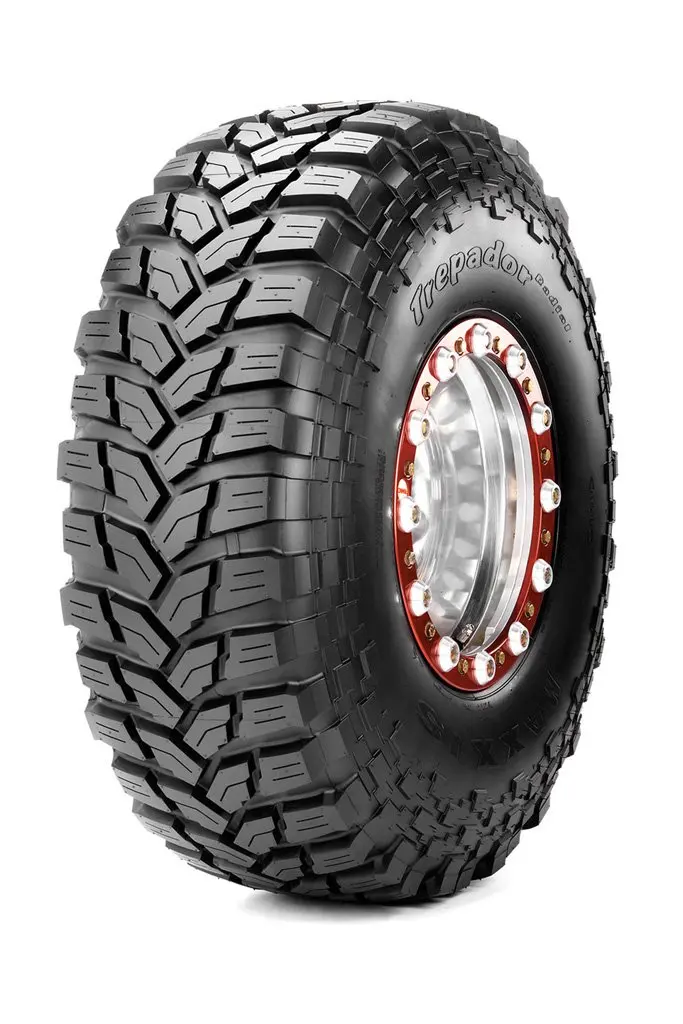
All types of tires need to eliminate the imbalance, this is done not only when installing new rubber. It is also ordered as the tires wear out, compensating for the negative impact of the eroding tread.
When to check balance:
These tips should be heeded by all owners of new cars. And if your car is living its last years, you should undergo balancing every 2-3 thousand kilometers. So you prevent serious suspension injuries and possible emergencies. And do not be afraid to lose money and time. An accident will cost much more, and modern types of balancing reduce the time of this procedure by several times.
Wheel imbalance is eliminated using the following balancing technologies:
The automatic method involves the installation of calibrated, movable counterweights on the wheel, which are distributed over the surface of the disk under the action of centrifugal forces. After installing the granular weights, the wheel is spun, controlling the end and radial runout. Centrifugal acceleration moves the weight to the right place, and the beat controller stops the rotation of the disk after reaching an acceptable imbalance. With the help of an automatic balancer, it is possible to correct the radial and end defects of the wheel sets of buses and trucks. This technique is not suitable for light vehicles.
Dynamic compensation is performed on a balancing machine. The wheel is mounted on the axis of free rotation and spun up to angular speeds equivalent to 50-100 km/h.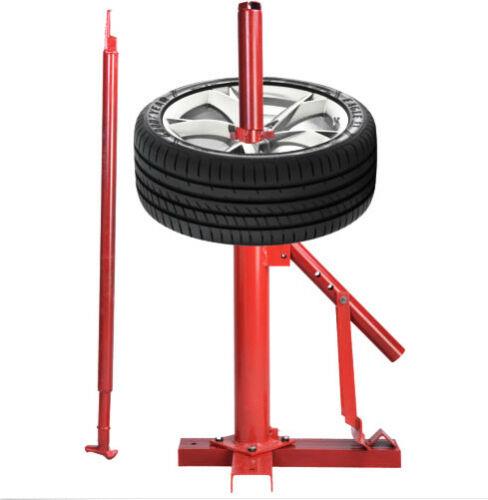 The measuring equipment of the machine fixes the lateral and radial runout, for which weights are used to compensate. Moreover, the machine controller gives recommendations on the weight of the weights in grams, and the place for installing counterweights is chosen empirically. Therefore, dynamic balancing lasts several hours. Static wheel imbalance leveling is performed using the same technology as dynamic compensation.
The measuring equipment of the machine fixes the lateral and radial runout, for which weights are used to compensate. Moreover, the machine controller gives recommendations on the weight of the weights in grams, and the place for installing counterweights is chosen empirically. Therefore, dynamic balancing lasts several hours. Static wheel imbalance leveling is performed using the same technology as dynamic compensation.
Finishing calibration allows you to refine the position of the weight on the disk. It is carried out after the completion of machine or automatic balancing. For finishing, special equipment is needed that analyzes the runout of the wheel and indicates the location of the compensator.
Balancing weights are printed and self-adhesive. The former are mounted using a bracket that provides mechanical fixation of the position of the counterweight. The second is glued to the inner surface of the disk. A more reliable option is considered a stuffed weight - it does not fly off the rim even when hitting a curb.